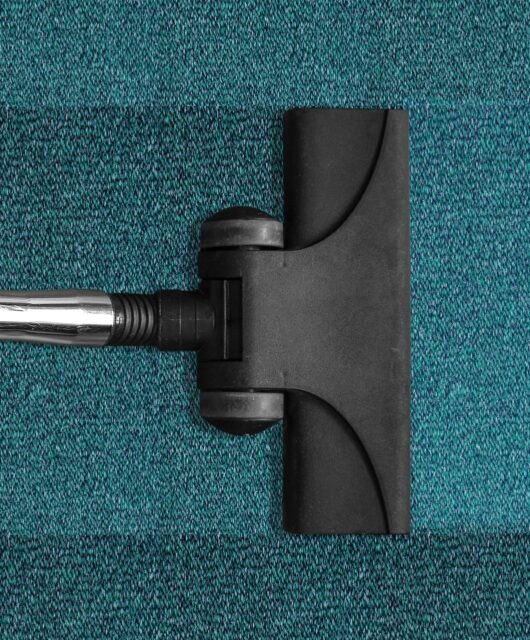4 Packing Tips To Help You Move
 There are some moments in your life when everything — all your belongings, your memories — all of them have to go in one direction: to your new house.
There are some moments in your life when everything — all your belongings, your memories — all of them have to go in one direction: to your new house.
One move can cause rifts, disagreements, and bickering. One of the reasons for this happening is that nobody packs the belongings moving from one house to another the right way.
The truth is, packing for a move is about more than just throwing everything into a box, closing it up, and hoping it ends up at the right house.
Don’t worry, we’ve got you covered. Here are our top packing tips for moving.
Table of Contents
1. Choose the Right Packing Materials
First, consider what you’re moving and how delicate or sturdy your belongings are. You’ll need different materials for different items.
For instance, you’ll need stronger boxes and packing paper for heavier items like books, while more delicate items like dishes will need bubble wrap or styrofoam.
Cardboard boxes are the most common choice, but they can easily be crushed or ripped. Plastic totes are a sturdier option but can be expensive.
A happy medium is reusable fabric storage bins, which are strong enough to withstand a little abuse but won’t break the bank.
Whichever option you choose, make sure to line the bottoms with padded materials such as blankets or towels to cushion your things.
Second, think about how much space you have. If you’re limited on space, you’ll want to choose smaller boxes that can be easily packed into a car or storage unit.
Third, consider your budget. Packing materials can be expensive, so you’ll want to find a balance between cost and quality. There are plenty of affordable options that will still get the job done.
Finally, don’t forget the basics like tape, labels, and markers. These will come in handy when it’s time to pack up your boxes.
If you can, start packing a few weeks before the move. This will give you plenty of time to sort through your belongings and decide what to keep and what to get rid of. Packing too much at once can be overwhelming and can lead to mistakes.
2. Sort and Declutter Before You Pack
To sort and declutter your belongings, start by making three piles: keep, donate, and trash. For the donate pile, research local donation centers and drop off your items. For the trash pile, manage to recycle or dispose of your items properly.
Get rid of any items that you no longer need or use. This includes clothes, furniture, and other household items.
Then, begin packing up the items you want to keep, using boxes and packing materials that will protect them during the move. This will help save you time and money by ensuring that you only pack what you need and will use in your new home.
It also helps to reduce the amount of stress involved in packing and moving. Start by going through each room of your home and deciding what you will need and use in your new home.
3. Label Your Boxes
This will help you keep track of your belongings and make sure that they arrive at your new home safely. You can label your boxes with your name and address, or you can use a numbering system to keep track of them.
Also, you may use tape and a permanent marker. Be sure to include the room that the box belongs in and what is inside.
For example, “Bedroom – sheets and pillows” and “clothes for bedroom.” This will save you time and frustration when you are unpacking and trying to find things.
If you are using a moving company, be sure to ask them for labeling supplies so that you can properly label your boxes. You need to learn more here for a reliable and experienced transportation company to help make the process as smooth and stress-free as possible.
4. Maximize Your Box Space by Packing Room by Room
One way to maximize your box space is to pack room by room. This will help ensure that you do not forget any important items and that everything arrives at your new home in the correct location.
Start by packing a small room such as the bathroom first. This will help you get into the packing groove and also allow you to get a feel for how much stuff you have. Once you have packed up all of the small rooms, you can move on to the larger rooms such as the living room and bedrooms.
For most people, this is the living room or bedroom. Pack up all of your smaller items first, such as books, DVDs, and knick-knacks. Then, move on to larger items, such as furniture.
If you have items that you’re not sure what to do with, ask a friend or family member for help. They may be able to suggest a better way to pack them, or even take them off your hands entirely.
Try to keep all items relatively the same size. This will help you fit more items into each box and avoid having wasted space.
Also, use smaller boxes for heavier items and larger boxes for lighter items. This will help you keep the weight of each box manageable and make it easier to lift and move them.
Pack items tightly together and use packing materials such as newspaper or bubble wrap to fill any gaps. This will help prevent items from shifting during the move and arriving damaged.
When packing fragile items, be sure to use plenty of padding to protect them during the move.
Another way to maximize space is to use vacuum-sealed bags for clothing and linens. These bags take up significantly less space than traditional boxes and can be easily stored in a closet or dresser.
Packing Tips for a Successful Move
If you’re planning a move, these packing tips will help ensure that your belongings arrive at your new home safe and sound. Be sure to label all boxes with their contents and the room they belong in, and don’t over-pack any boxes. Following these simple tips will help make it go as smoothly as possible.
In addition to packing tips and tricks, you’ll of course want to look out for travel and other posts that may be of interest to you. You can catch up on the most recent happenings by checking out the blog.









